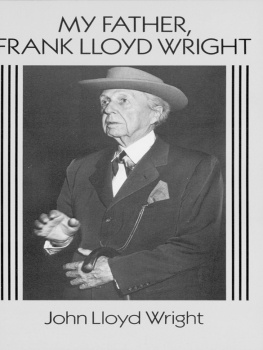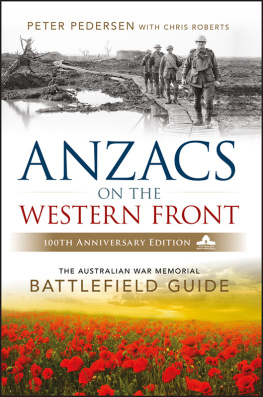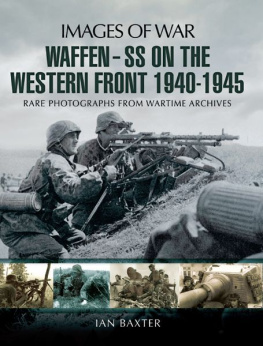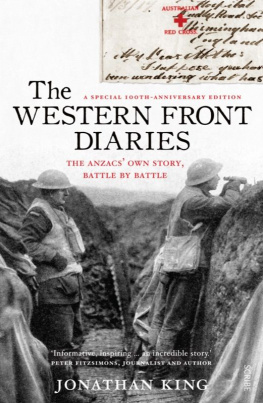Nick Lloyd - The Western Front
Here you can read online Nick Lloyd - The Western Front full text of the book (entire story) in english for free. Download pdf and epub, get meaning, cover and reviews about this ebook. year: 2021, publisher: Liveright, genre: History. Description of the work, (preface) as well as reviews are available. Best literature library LitArk.com created for fans of good reading and offers a wide selection of genres:
Romance novel
Science fiction
Adventure
Detective
Science
History
Home and family
Prose
Art
Politics
Computer
Non-fiction
Religion
Business
Children
Humor
Choose a favorite category and find really read worthwhile books. Enjoy immersion in the world of imagination, feel the emotions of the characters or learn something new for yourself, make an fascinating discovery.

- Book:The Western Front
- Author:
- Publisher:Liveright
- Genre:
- Year:2021
- Rating:4 / 5
- Favourites:Add to favourites
- Your mark:
- 80
- 1
- 2
- 3
- 4
- 5
The Western Front: summary, description and annotation
We offer to read an annotation, description, summary or preface (depends on what the author of the book "The Western Front" wrote himself). If you haven't found the necessary information about the book — write in the comments, we will try to find it.
The Western Front — read online for free the complete book (whole text) full work
Below is the text of the book, divided by pages. System saving the place of the last page read, allows you to conveniently read the book "The Western Front" online for free, without having to search again every time where you left off. Put a bookmark, and you can go to the page where you finished reading at any time.
Font size:
Interval:
Bookmark:
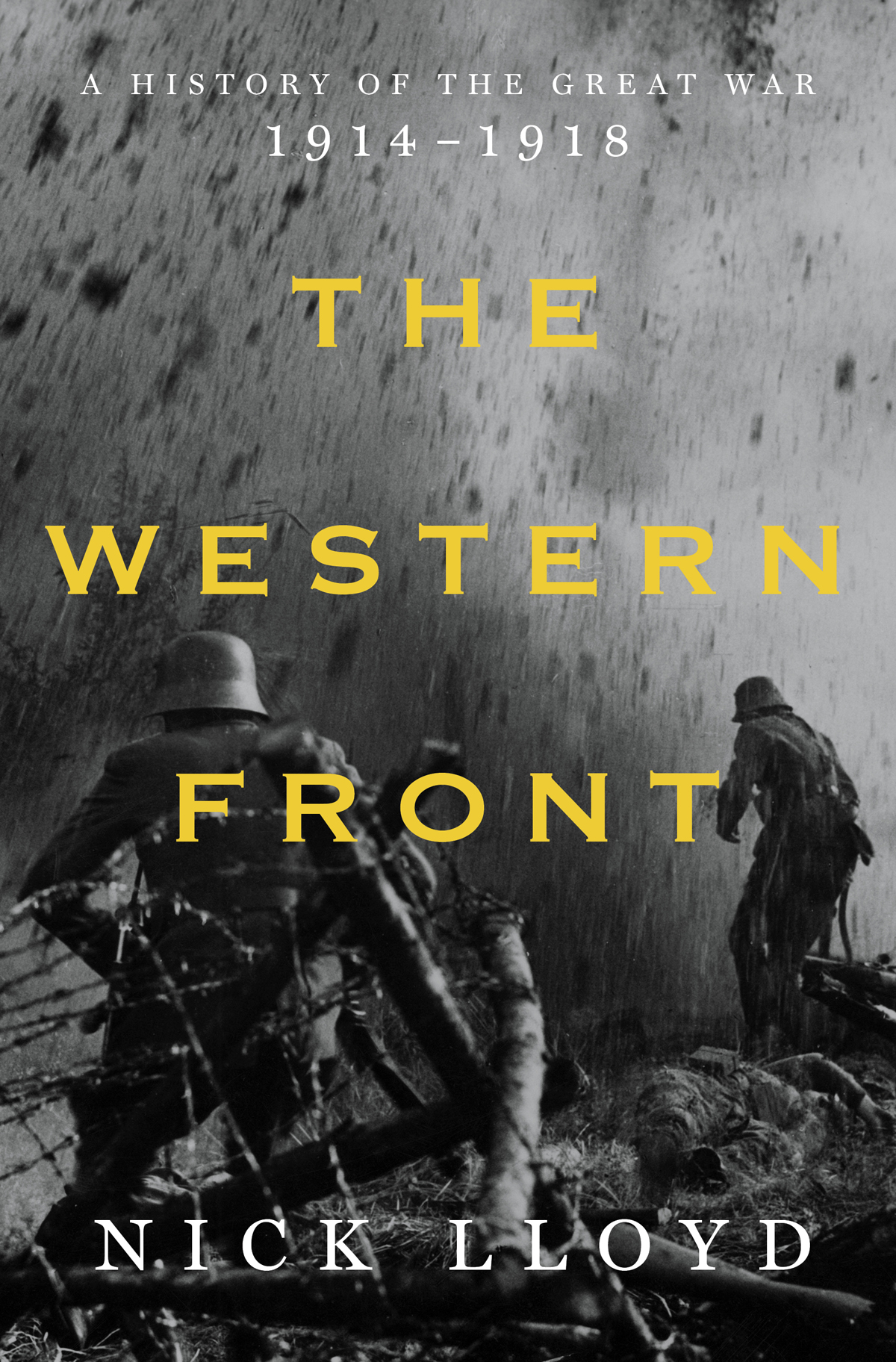
The Western Front
A History of the First World War
19141918
NICK LLOYD

For William
A7V: German heavy tank introduced in 1918.
ADC: Aide-de-camp.
Amalgamation: Concept of placing American soldiers into British or French units.
Army: Formation containing between two and seven corps commanded by a General.
Army Group: Two or more armies commanded by a General.
Battalion: Unit of infantry (nominally up to 1,000 strong) commanded by a Lieutenant-Colonel.
Battery: Organization of artillery pieces (usually containing between four and six guns).
Boche: Slang for a German soldier.
Brigade: Major tactical formation commanded by a Brigadier-General. Three brigades made up a British division (each brigade containing four battalions). French, German and US brigades operated on a different system, each with two regiments.
Chasseurs: Elite French light infantry.
Chief of Staff: Principal staff officer of a military organization. In the German system, a Chief of Staff was usually a co-commander.
Corps: Collection of divisions (usually between two and five) commanded by a Lieutenant-General.
Counter-battery: Fire directed at an opposing sides artillery.
Creeping barrage: Moving wall of shellfire that advanced at a predetermined pace. Designed to keep defenders heads down and escort infantry on to their objectives.
Division: Basic tactical unit on the battlefield employing between 10,000 and 15,000 men with supporting medical, engineering and artillery arms, commanded by a Major-General. US divisions were significantly larger, with 28,000 men.
Doughboy: Slang for an American soldier. The moniker had originated in the Mexican War of 18468 when US troops had become so caked in dust that they looked as if they had been covered in unbaked dough.
Eingreif division: Literally intervention division. Specially trained reserve unit kept out of range of enemy artillery and brought forward to counter-attack.
Escadrille: French Air Service squadron.
Groupement: Battalion-sized organization of tanks or at least two escadrilles.
Hindenburg Line: Major German defensive system constructed during 191617 that included a number of subsidiary positions, such as the Siegfried Line and the DrocourtQuant Line.
Jagdgeschwader: German Air Service fighter wing (containing four Jagdstaffeln ).
Jagdstaffel: Fighter squadron (usually containing between nine and twelve aircraft).
Landwehr: German reserve units intended for garrison duties, often containing older men.
Materialschlacht: Literally material battle. German term for the kind of industrialized, mass warfare that emerged on the Western Front in 1916.
Minenwerfer: German heavy trench mortar.
New Army: Wartime volunteers raised in the United Kingdom.
Pillbox: Reinforced concrete blockhouse.
Regiment: Organization of infantry battalions. French and German divisions contained four regiments (each of three battalions). The British regimental system differed from Continental use and regarded the regiment as a permanent organizational unit for its battalions.
U-boat: German submarine. Abbreviation of Unterseeboot.
Vollmacht: Authority given to a staff officer in the German Army to issue orders in his superiors name.
Zero Hour: Time that an attack would commence.
On 21 July 1916, Private Arthur Thomas, a soldier with 1st Australian Division, went into the trenches near Pozires on the Somme. We have reached the pit in the theatre of this great drama... he recorded in his diary, and we are feeling fascinated by the terrific ordeal ahead of us. The sky for miles in a semi-circle round us, is a blaze, and the colours of the rainbow from star shells illuminate the heavens, and the earth rocks and trembles from the sickening concussion, nothing less than the average imagination of hell. After journeying from Melbourne, via Egypt, Thomas had arrived on the Western Front, the decisive theatre of the First World War, where the armies of four great powers Germany, France, the United Kingdom and, from 1917, the United States fought in some of the bloodiest battles of the twentieth century, including the Somme, Verdun, Ypres and the MeuseArgonne.
Thomass reaction to what he saw, terrified yet awestruck, was typical of those who witnessed, at first hand, that cauldron of war: a bubbling, fermenting experiment in killing that changed the world. The Western Front would become synonymous with stalemate and mass slaughter, with indecisive, attritional struggles amid a tortured landscape of barbed wire and mud, while inspiring some of the most important works of literature of the twentieth century, including Erich Maria Remarques All Quiet on the Western Front, Ernst Jngers Storm of Steel and the haunting poetry of Wilfred Owen, killed in November 1918. In Britain at least, the legend of the Western Front has become deeply embedded within the social fabric. Of the 764,000 British Great War dead, almost 85 per cent were lost in France and Belgium. This enormous sacrifice, far greater than any previous (or subsequent) conflict, has never been forgotten and has formed the main component of a story of futility and folly that continues to influence social attitudes towards the war to this day.
This book is intended to be the first of a three-volume history of the First world War. Subsequent volumes will concentrate on the Eastern Front (including Italy and the Balkans) and the wider war (the struggle in Africa and the Middle East), but I have chosen to begin in France and Belgium. Although each theatre of war clearly influenced and impacted upon the others, being linked together by the movement of fleets or the pull of railways, the flow of people or the transfer of money, I wanted to focus on each part of the war in turn. Each had its own set of heroes and villains, rogues and knaves. They came with their own environmental challenges, whether it was the mud of Flanders or the mountains of the Carpathians, the deserts of Arabia or the tropical grasslands of East Africa. And each front had its own internal dynamics that were unique enough to warrant their own full narrative, unbroken by diversions into secondary theatres or subsidiary activity. It is this distinction that makes this history different, allowing the full course of the war to emerge as it appeared to those who fought it. Together the three volumes will tell the story of the Great War; that shattering, cataclysmic moment of the twentieth century, when an old order collapsed and a new age was born, terrifying in its possibilities.
My aim throughout has been to write a narrative history of those four and a half years; to tell the story as closely as possible, without burdening the text with abstract theorizing or lengthy commentaries on differing interpretations (of which there are many). Instead, I have tried to bring readers closer in so that they might see the war, sit beside the main characters, and form their own judgement. It has been written primarily through the lens of those senior commanders who fought the war at what modern militaries refer to as the operational level. Politics clearly intruded on this domain, and the struggle on the home front to manage resources and maintain domestic content was crucial to the war effort, but my main focus has been on those fighting generals who were faced with the reality of modern warfare in all its horror and complexity. How they tried to deal with it, how they succeeded or (more likely) failed to do so, is at the heart of this book.
Font size:
Interval:
Bookmark:
Similar books «The Western Front»
Look at similar books to The Western Front. We have selected literature similar in name and meaning in the hope of providing readers with more options to find new, interesting, not yet read works.
Discussion, reviews of the book The Western Front and just readers' own opinions. Leave your comments, write what you think about the work, its meaning or the main characters. Specify what exactly you liked and what you didn't like, and why you think so.

